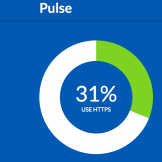OMB Just Released Guidance on Usability Testing. Let’s Talk About It.
In November 2024, OMB released a memo clarifying that the Paperwork Reduction Act (PRA) does allow usability testing and offering guidance on complying. The criteria can be confusing, though, so let’s talk about what’s required.




